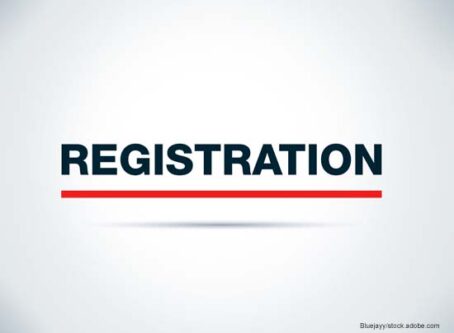U.S. DOT considers electronic forms for drug testing program
The U.S. Department of Transportation will consider allowing electronic forms and signatures to be used as part of its drug and alcohol testing regulations.
The U.S. DOT published an advance notice of proposed rulemaking in the Federal Register on Friday, Aug. 5. Comments on the notice will be accepted through Oct. 4.
Specifically, the U.S. DOT wants feedback on how regulations could be amended to allow electronic signatures on documents required under the regulations. In addition, changes also will be considered regarding the allowance of electronic forms.
“The regulatory changes would apply to DOT-regulated employers and their contractors who administer their DOT-regulated drug and alcohol testing programs,” the notice stated. “Currently, employers and their service agents must use, sign and store paper documents exclusively, unless the employer is utilizing a laboratory’s electronic Federal Drug Testing Custody and Control Form system that has been approved by the Department of Health and Human Services.”
U.S. DOT’s goal is to provide additional flexibility and reduced costs for the industry “while maintaining the integrity and confidentiality requirements of the drug and alcohol testing regulations.”
The public is encouraged to provide feedback on the possible advantages, risks, ramifications and required safeguards associated with the use of electronic forms, signatures and records in the drug testing program.
U.S. DOT included several questions in the notice.
- What are the practical impacts of authorizing a fully or partially electronic system?
- What are the economic impacts of authorizing a fully or partially electronic system?
- How would confidentiality and system security be maintained to prevent against data breach and data loss?
- How many levels of authentication should be used to ensure the reliability and security of the signatures of program participants?
- How is the nonrepudiation of a system ensured?
- Are there any lessons learned or shared best practices available related to paperless non-DOT regulated testing?
- Are there any limitations in either a paperless or electronic environment that impact program efficiency?
- Would moving to a paperless system involve the creation of more labels and bar codes and use of additional packaging, etc., not required in a paper-based system. If so, are there any cost and/or efficiency impacts as a result?
- What additional definitions would need to be added to part 40 to accommodate any electronic capabilities or a fully electronic system?
- What measures need to be established to ensure that, when documents are transmitted to multiple parties, each party is able to properly access and use the electronic system?
Comments, which include answers to those questions and others, can be made here, or by going to the Regulations.gov website and entering Docket No. DOT-OST-2022-0027. LL









